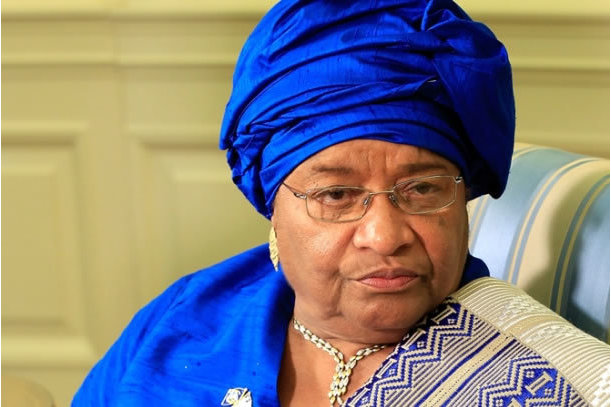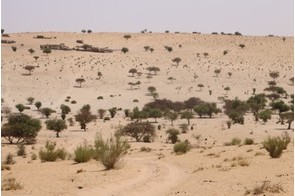New handbook advances tropical weather forecasting in West Africa

Summary
The new handbook, facilitated by University of Leeds, could help safeguard lives and resources in West Africa.
The University of Leeds has facilitated a comprehensive new handbook about weather forecasting in West Africa that could help safeguard lives and resources in the region, according to the British institution. According to a statement released on Monday, the Meteorology of Tropical West Africa: The Forecasters' Handbook was coordinated by the university in collaboration with international researchers and meteorological agencies to help West African weather forecasters.
The researchers noted that abrupt changes in weather can have devastating consequences to populations, their health and economies. The use of the handbook as a training tool will provide a new resource for forecasters to help safeguard the region against the impact of abrupt changes in weather.
"The handbook is the first time any global region has produced a definitive document for forecasting," said Professor Douglas Parker a meteorologist at Leeds’ School of Earth and Environment. “Accurate weather forecasts are essential for early warning systems that can protect lives, property, and water and food resources."
The handbook – which follows 15 years of collaborative international research – includes weather forecasting methods, and case studies of West African weather systems. The new forecasting methods described in the handbook were developed as part of a training project of 15 West African forecasters by Jean-Philippe Lafore of Météo-France, the French national meteorological service. The West African forecasters further developed the new forecasting methods at the University of Leeds in 2012 during a three month stay.
The handbook project is a product of the the African Monsoon Multidisciplinary Analysis (AMMA), the biggest research programme in African weather and climate. The AMMA is an international project aimed at improving knowledge and understanding of the West African Monsoon (WAM) and its variability. AMMA promotes international coordination of ongoing activities, basic research and a multi-year campaign over West Africa and the tropical Atlantic.
“Not only is this handbook a way for new research to be brought rapidly into practice it represents an international effort to disseminate important information to a region that has been neglected in the past,” noted Parker who is also the Handbook's editor and coordinator.
The project was supported by the Met Office in the UK, contributing to the scientific workshops and leading two of the book’s 11 chapters. The Met Office is also providing funding to purchase copies of the book and ensure distribution to West African forecasters and training centres. The handbook, whose English language edition will be published by Wiley Publishing, will be useful in tropical weather prediction.
“West Africa has a large population dependent on agriculture and rural transport infrastructure, both of which are vulnerable to weather systems,” said Dr Mariane Diop-Kane, Director of Meteorology at the Agence Nationale de L’Aviation Civile et de la Meteorologie (ANACIM) in Senegal and the handbook’s co-editor.
Related
-
Nigeria's climate progress after COP28
Access Bank, as a key player in the financial sector, has been playing a key role in supporting Nigeria's climate finance ...
-
Europe must become a global climate power
The urgency of the climate crisis demands that the EU turn its world-leading climate agenda into foreign policy.
-
Nigeria at risk of becoming a desert – NCF
DG of the Nigerian Conservation Foundation said Nigeria loses 0.6 kilometres of land annually to desertification.









